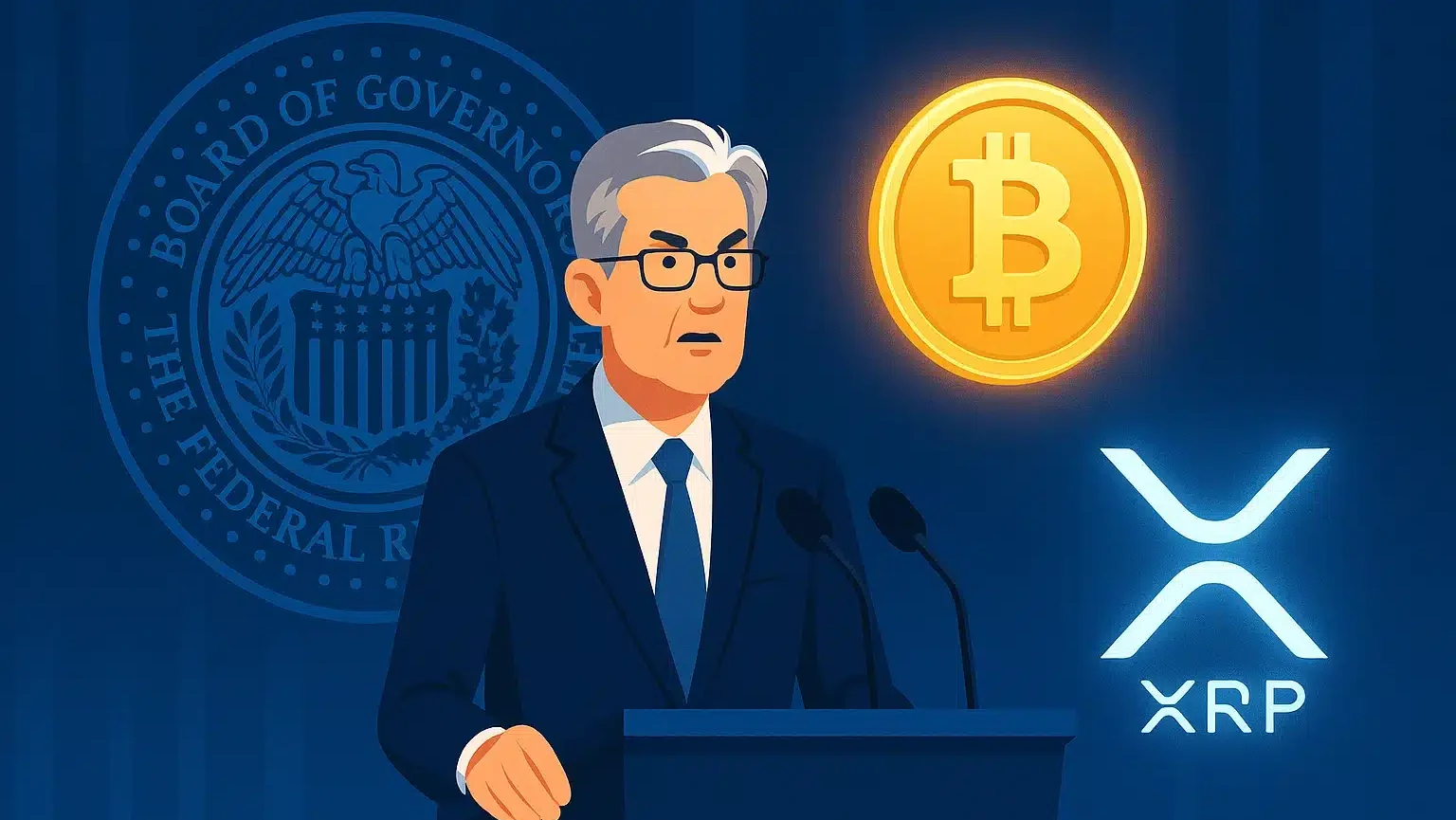News – November 18, 2025 – 07:45
Market Turmoil: Bitcoin Plummets Below $90,000
The cryptocurrency market is currently experiencing a wave of distress, as notable falls have been observed in major cryptocurrencies. On Tuesday morning, Bitcoin, also known as BTC, dipped to $89,420, marking its lowest value since February. This decline is particularly striking as it occurs merely six weeks after Bitcoin reached an all-time high of approximately $126,250.
Key Players and Their Struggles
In the same turbulent scenario, Ethereum (ETH) also saw its value drop below a crucial support level. Meanwhile, other cryptocurrencies like XRP and Solana faced significant losses, with XRP down by 3.6% and Solana dropping over 5% within just 24 hours. The inability of Bitcoin to reclaim its support around $93,700 during the preceding weekend further accelerated this downward trend.
The Broader Economic Picture
Underlying economic conditions have played a significant role in this turmoil. Recent concerns about inflation stemming from the Trump administration’s interest rate policies have led to a decline in U.S. exchange-traded funds (ETFs) dedicated to cryptocurrencies. Once harvesting more than $25 billion earlier this year, these funds have now seen a notable slowdown, contributing to the current state of fear in the market.
Implications for Financial Stability
As apprehensions grow, many analysts suggest that a bear market, characterized by sustained downturns, appears increasingly likely. The Dutch Central Bank (DNB) has issued warnings regarding a rapidly expanding stablecoin market, which now exceeds $300 billion, primarily driven by demand in the United States. Stablecoins, digital currencies pegged to traditional currencies like the U.S. dollar, are often secured by government bonds and bank deposits. They are primarily used for purchasing other cryptocurrencies. However, DNB cautions that if numerous investors attempt to sell their stablecoins simultaneously, it could trigger forced sales of underlying assets and sudden upheavals in financial markets.
Conclusion: A Call for Vigilance
The combination of geopolitical tensions and uncertainty surrounding economic policies poses an increased risk of financial shocks, which could have severe implications for market stability, particularly in the Netherlands. As investors navigate through this unpredictable climate, the need for caution and strategic planning has never been more critical.



